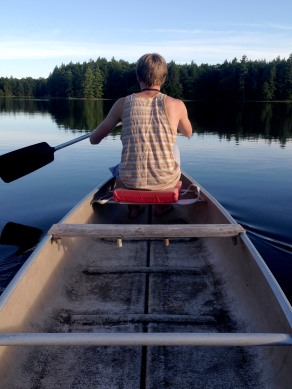week 4

Image source
With the constant flood of information and the rapid-development of smart phone and tablet technologies the “always on” mentality can become overwhelming. However, Millennials are a generation that is completely redefining what adventure means by looking at the world through a more global experience perspective. More than 49% of millennials are more willing to disconnect from technology and leave their phone at home than those aged 40-50 years.
What is also important is that 78 per cent of young people are choosi
ng to splurge more on experiences rather material objects such as souvenirs in order to gain an authentic look into everyday culture and local life. They desire authentic and meaningful experiences by immersing themselves into new cultures and feasting on the local cuisine. Millennials are also more likely to use digital resources such as review sites as well as experiences from people they known as a basis to plan and book their travel. While also planning ahead to ensure they get the best experience at the best price.
Millennials are also more likely to make a career out of travel through social networks such as Facebook, Instagram, Blogs and Snapchat which allow for the user to share their experiences and things that they discover throughout their
travels. Full-time travel blogger Drew Goldberg, who shares videos of his travel journeys and culinary experiences under the name Drew Binksy through short 10 second clips via Snapchat. With over 71,300 followers and counting, Goldberg collaborate with brands, tourism board and destination marketing campaigns to both promote and expand this own follower base. In doing so Goldberg encourages his followers to also begin traveling and is ultimately a resource when it comes to traveling and aspires other young people to become travelers.
As a millennial myself I found myself, I find Goldberg to be a great encouragement and allows me to be more adventurous whether it be within my own “backyard” or “across the pond” and am also constantly looking for opportunities to diversify my life and experience new cultures.I would also like to have career much like Goldberg which also shows people my travels and experiences.
Today, International travel is more accessible than ever before. A news report by the World Youth Student and Educational (WYSE) Travel Confederation a global not for profit membership organisation, which promotes and develops travel opportunities for young travellers, shows that the millennial generation represent more than 20% of international travellers. With sites such as Airbnb and Uber which are disrupting the traditional travel market has created more opportunities for Millennials to see the world than any generation before them. Older consumers are known to want luxury while traveling. While young people instead want hand on experience in different countries in order to enhance personal growth and gain life experience.
While Millennials don’t need travel agents or tour operators since they compose and arrange their own trips, sites such as Yomads, Topdeck and Contiki also provide package deals marketed towards those  aged 18-30 which take care of the unnecessary hassle that comes with traveling by sorting out experiences and transportation for you. It is with this that Millennials have a huge impact on the travel industry, by promoting “digital-detox” life style while travelling. Being budget conscious and ensuring that they get the best
aged 18-30 which take care of the unnecessary hassle that comes with traveling by sorting out experiences and transportation for you. It is with this that Millennials have a huge impact on the travel industry, by promoting “digital-detox” life style while travelling. Being budget conscious and ensuring that they get the best
Image Source experience at the best price. Whether its catching a foreign bus out of the city center to hike large rocks and mountains in the Grand Canyon, or switching jobs to travel for work more often. Millennials are changing the way we travel in more ways than one.
Rachael





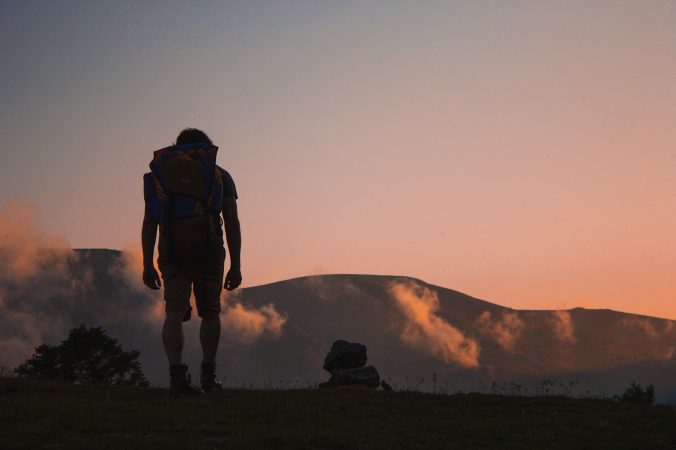
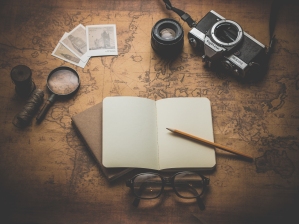
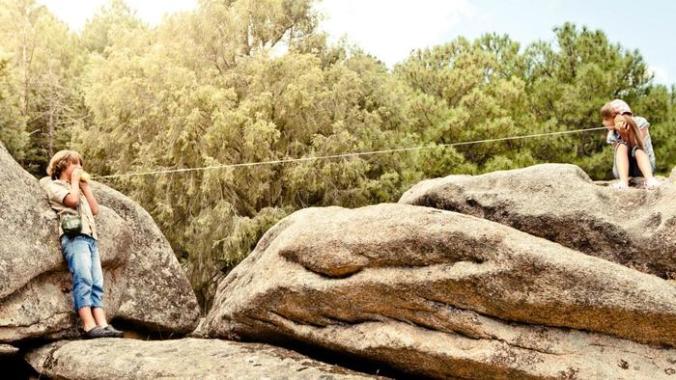
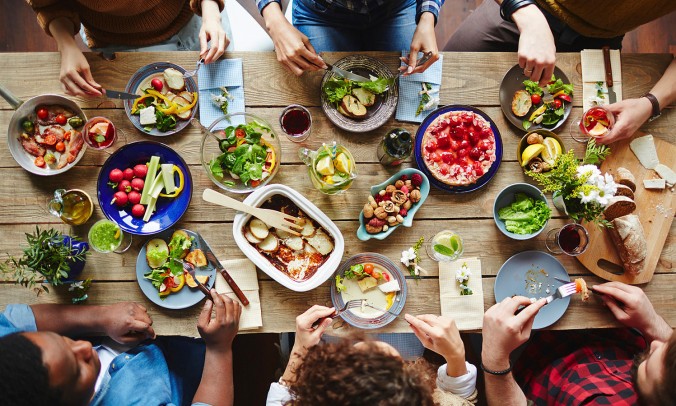
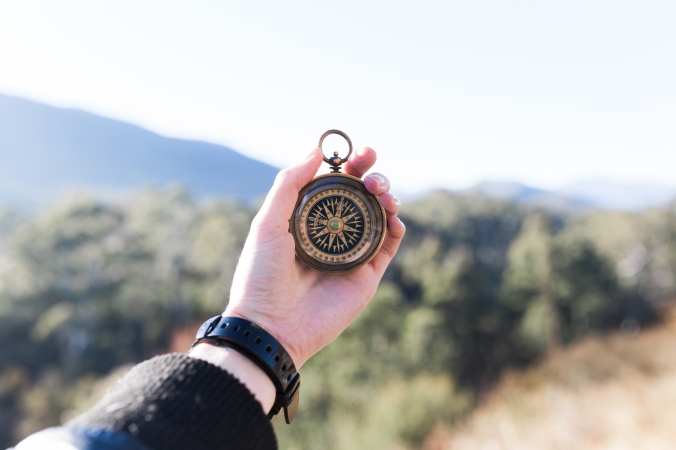

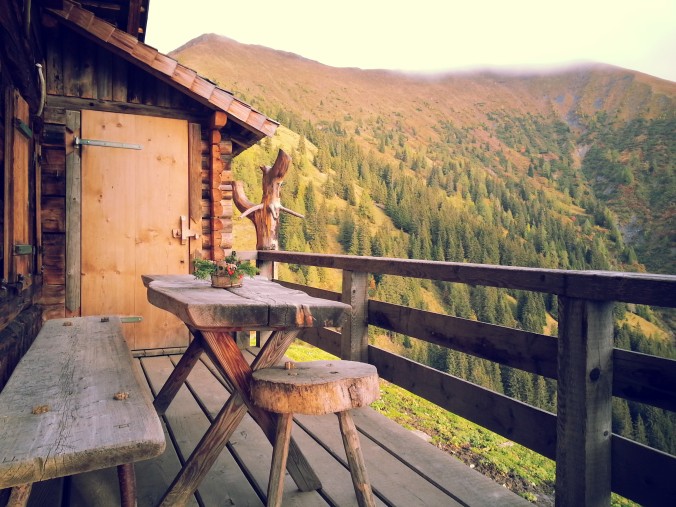



 aged 18-30 which take care of the unnecessary hassle that comes with traveling by sorting out experiences and transportation for you. It is with this that Millennials have a huge impact on the travel industry, by promoting “digital-detox” life style while travelling. Being budget conscious and ensuring that they get the best
aged 18-30 which take care of the unnecessary hassle that comes with traveling by sorting out experiences and transportation for you. It is with this that Millennials have a huge impact on the travel industry, by promoting “digital-detox” life style while travelling. Being budget conscious and ensuring that they get the best
